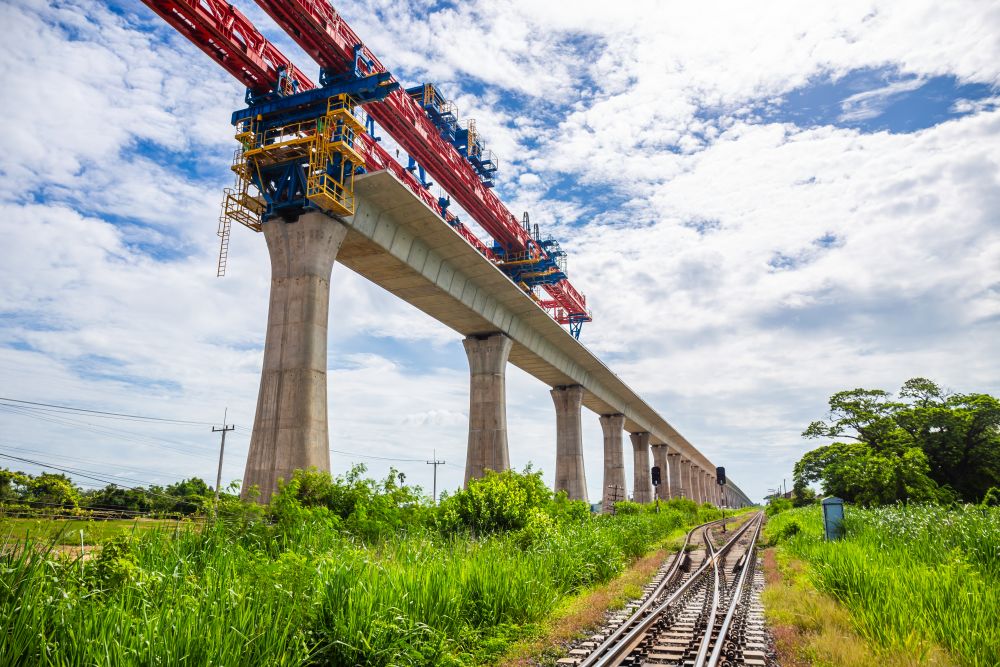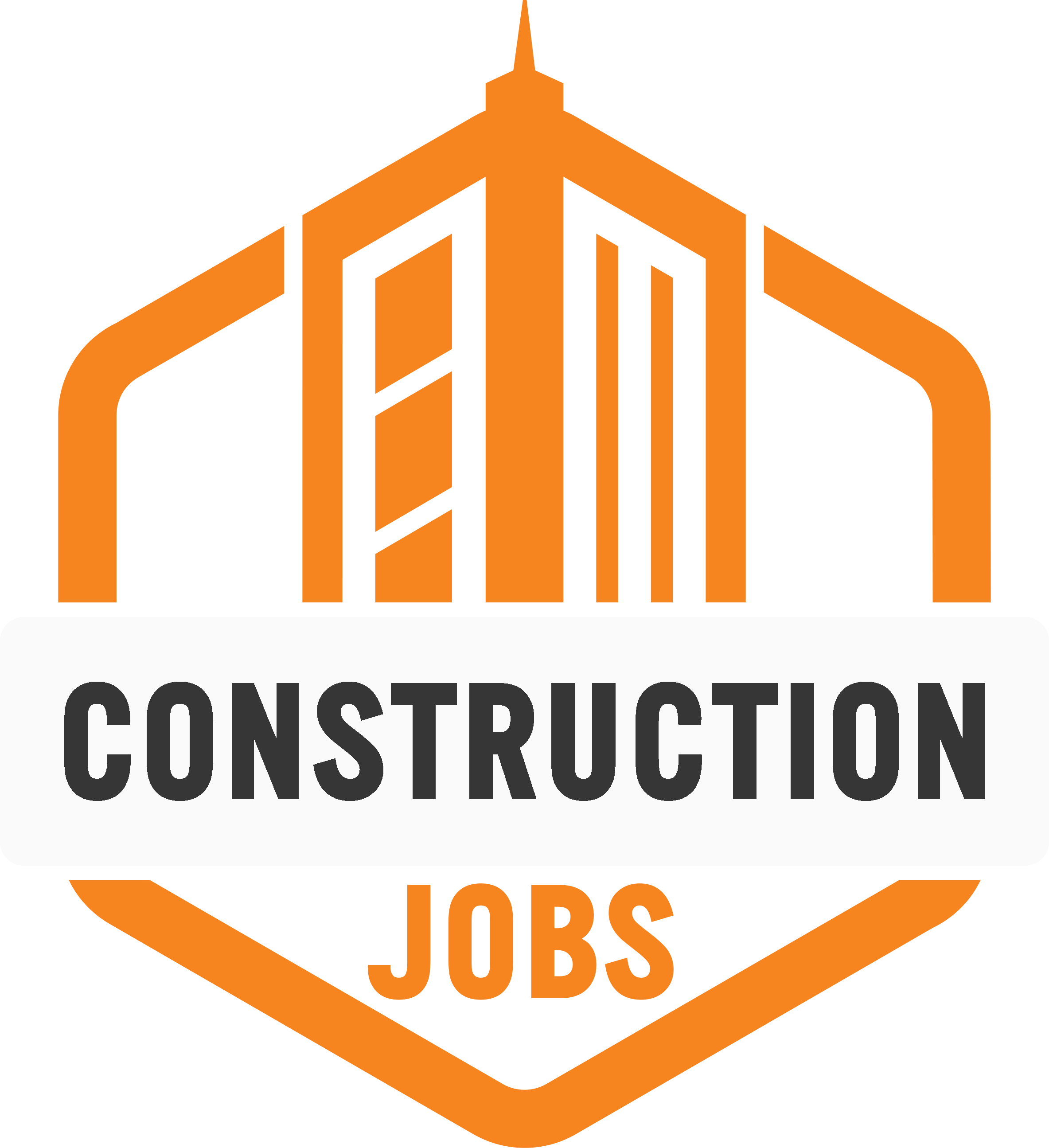The Hidden Cost of Mental Health on High-Risk Construction Sites
Stakeholders must work together to make high-risk construction sites safer and provide a positive mental health workplace culture.

Discussions about mental health challenges in construction have surged lately, driven by growing awareness of its impact on worker well-being and project success. The industry has no shortage of stressors — high-risk tasks are inevitable, whether you’re performing them or managing the people who do.
Precursors to and Consequences of Mental Health Challenges on Construction Sites
While hard hats are a staple on jobsites, many safety managers often overlook the conversations about what goes on beneath them. According to industry data, 83% of construction employees struggled with mental health issues in 2020. Consequently, over 5,000 workers die by suicide annually. This alarming crisis can be attributed to various factors.
Overwhelming Workplace Demands
The cumulative effect of on-site stressors—long hours, high-pressure environments, and dangerous tasks—leads to burnout and emotional exhaustion. A recent study highlighted that 91% of construction workers reported feeling overwhelmed by their work responsibilities, potentially resulting in mental health challenges. Around 48% of them had to take time off work because they could no longer cope with worksite demands.
Feeling Unsafe On-site
The fear of accidents is a constant dark cloud on construction sites. Extended exposure to high-risk work environments can make you apprehensive about potential accidents, affecting yourself or your coworkers. Reports show that 25.5% of workers deal with anxiety monthly, while nearly 10% occasionally struggle with depression. When you constantly feel unsafe, it increases your stress levels and affects your overall well-being.
Witnessing Accidents and Injuries
Seeing your colleagues suffer injuries or fatalities can lead to severe psychological consequences. The trauma associated with such events can result in anxiety, depression, and PTSD. A study following the death of a construction worker on a jobsite found that 11 out of the 41 workers who witnessed the accident were reported as having high rates of PTSD using the Hamilton Depression Rating Scale. Even those that did not witness the accident had similar levels of PTSD as their counterparts.
Inadequate Rest
Construction workers often lack the time to fully regroup after long days or weeks. Balancing the demands of your physically and mentally taxing work with family and other responsibilities leaves little room for self-care. This overall exhaustion also creates safety concerns and reduced productivity on jobsites. According to a study, getting 40 minutes less sleep can increase workplace injuries by 5.7%, leading to 68% more lost workdays.
Stigma and Lack of Support
The construction industry has traditionally fostered a culture of toughness, where expressing vulnerability is often seen as a weakness. This culture can prevent workers from seeking help. Even if you don’t have a diagnosed mental health issue, personal challenges can still impact your mental clarity. If these issues persist, you may struggle to recognize potential jobsite hazards.
The Financial Cost of Mental Health Issues
The financial implications of mental health issues can be staggering at both the company and societal levels. Across Europe, these problems cost approximately €600 billion annually in decreased productivity, health care burdens, social security expenses, and unemployment.
The outlook for a successful return to on-site work following mental health-related sick leave is also concerning. Due to the delicate nature of these illnesses, not all affected individuals can fully come back, which is problematic for an industry already struggling with labor shortages.
Moreover, it’s essential to consider the indirect costs associated with sick leave, such as the need to arrange for replacements and the impact on team dynamics.
Creating a Safer and More Supportive Worksite
To truly address the mental health crisis in construction, it’s imperative to cultivate a work environment that prioritizes both safety and emotional well-being. Here are some strategies jobsites can employ to achieve this transformation:
- Promote mental health awareness: Incorporating mental health education into safety training can help reduce stigma and promote a supportive environment.
- Establish peer support programs: Creating peer support networks where workers can share experiences and provide emotional support to one another can help minimize mental health challenges.
- Provide access to resources: Workers need mental health resources, including counseling services and helplines. A study by Peninsula Group found that companies offering these assistance programs can drastically reduce worksite absenteeism and improve overall job satisfaction.
- Create a culture of openness: Fostering an environment where discussing mental health is normalized can result in fewer stress-related illnesses. The best way to achieve this is by incorporating mental health topics into team meetings and encouraging workers to share their experiences.
The Construction Industry Is at a Critical Juncture
While it is vital to continue focusing on physical safety, mental health cannot be overlooked. Stakeholders can create a safer, more supportive environment by addressing the unique challenges on high-risk construction sites and fostering a culture that prioritizes mental well-being. This approach enhances worker health and productivity while contributing to a more sustainable and resilient industry.
- Share This →

